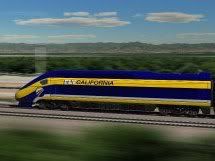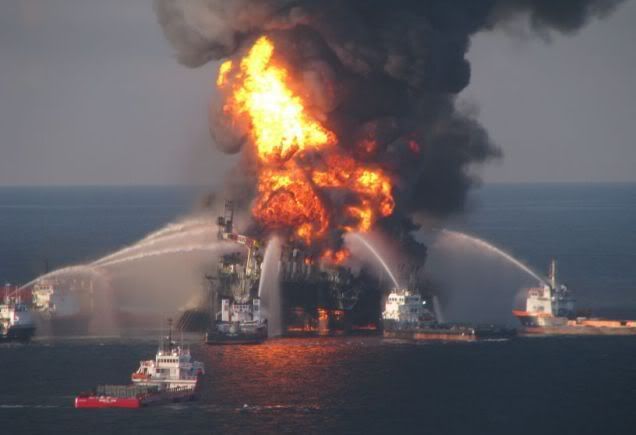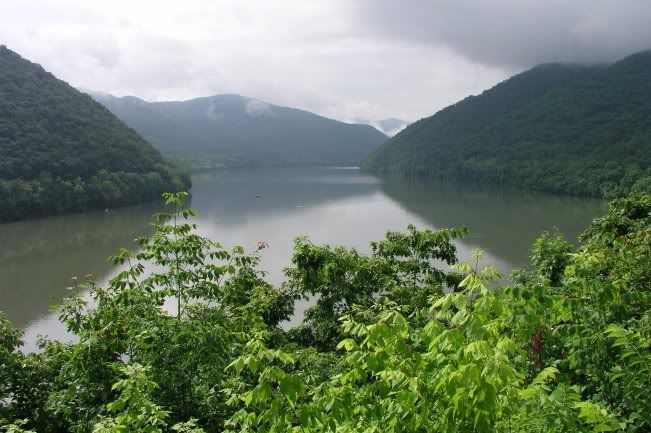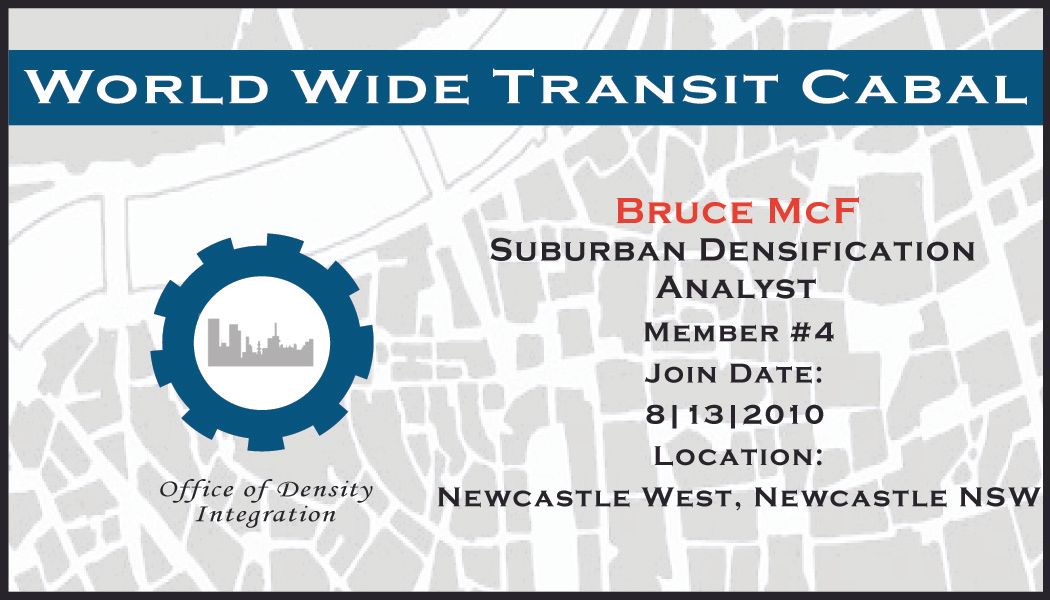 "Why We Fight" is a common feature of propaganda in support of a war. Here, tonight, it is a double entendre. On tonight's Sunday Train, in honor of Memorial Day tomorrow, with two wars launched in the past decade and still ongoing (though in one, "combat operations" by US forces have finished, so any fighting and dying is of the support and training type of fighting and dying), and another recently started up, what it means when we notice that "why we fight" has a simple answer: oil.
"Why We Fight" is a common feature of propaganda in support of a war. Here, tonight, it is a double entendre. On tonight's Sunday Train, in honor of Memorial Day tomorrow, with two wars launched in the past decade and still ongoing (though in one, "combat operations" by US forces have finished, so any fighting and dying is of the support and training type of fighting and dying), and another recently started up, what it means when we notice that "why we fight" has a simple answer: oil.And also, politically, why we fight for Living Energy Independence, here on the Sunday Train.
____________
More:
ProgressiveBlue
HillbillyReport.org
Docudharma
the European Tribune
and Agent Orange
 Last week, I looked at the California Legislative Analyst Office promoting a policy of raiding the California High Speed Rail funds to build commuter rail systems in LA and San Francisco by issuing what at first blush seemed to be simply a grossly incompetent analysis of the risks of building the HSR project.
Last week, I looked at the California Legislative Analyst Office promoting a policy of raiding the California High Speed Rail funds to build commuter rail systems in LA and San Francisco by issuing what at first blush seemed to be simply a grossly incompetent analysis of the risks of building the HSR project. The big news on the High Speed Rail front this week is the effort by the California Legislative Analyst to prevent the High Speed Rail project in California from breaking ground. This is in two of their recommendations:
The big news on the High Speed Rail front this week is the effort by the California Legislative Analyst to prevent the High Speed Rail project in California from breaking ground. This is in two of their recommendations: 
 The flashy rail projects are the very HSR projects to build bullet trains serving urban areas with millions of people.
The flashy rail projects are the very HSR projects to build bullet trains serving urban areas with millions of people. I've written several times about the direct potential of the Steel Interstate project to cut our oil imports by 10% by getting long haul freight trucking off the road. It would at the same time relieve the crushing burden imposed by long haul trucking on our over-worked, under-maintained Interstate, National and State highways, help get renewable energy resources from places that they are to places people need electricity, and of course support long distance Rapid Passenger Rail offering dramatically improved reliability and transit speed, supporting operating surpluses with multiple services per day.
I've written several times about the direct potential of the Steel Interstate project to cut our oil imports by 10% by getting long haul freight trucking off the road. It would at the same time relieve the crushing burden imposed by long haul trucking on our over-worked, under-maintained Interstate, National and State highways, help get renewable energy resources from places that they are to places people need electricity, and of course support long distance Rapid Passenger Rail offering dramatically improved reliability and transit speed, supporting operating surpluses with multiple services per day. After the outcry when the Caltrain system between San Francisco and San Jose (and once in a while beyond) faced a scare that it would drop from 86 trains per day down to a peak-commute-only 48 trains per day ...
After the outcry when the Caltrain system between San Francisco and San Jose (and once in a while beyond) faced a scare that it would drop from 86 trains per day down to a peak-commute-only 48 trains per day ...
